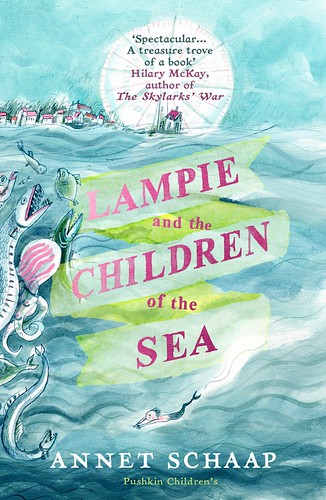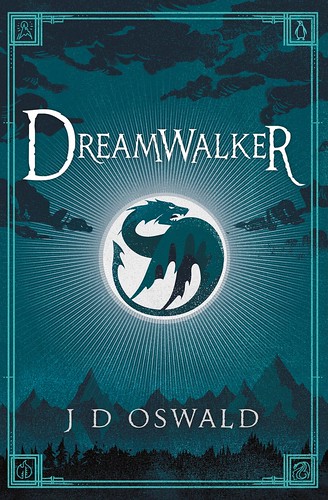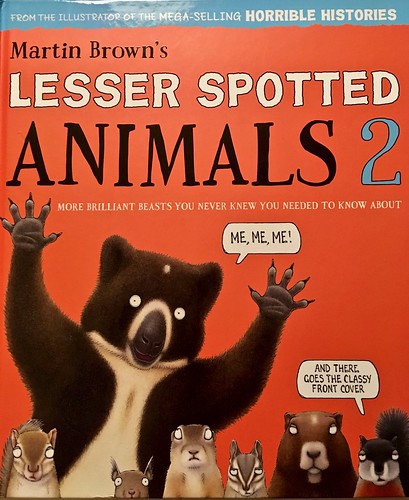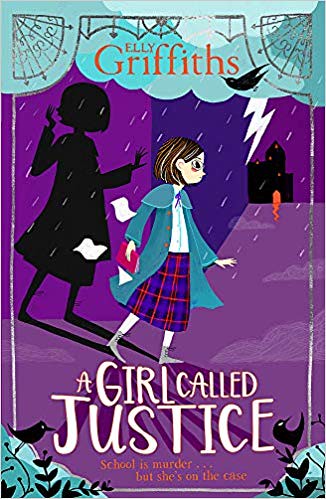We might as well give up.
I ought to say I’m grateful to my friend who sent me the link to this article (which you really must read) in The Spectator, but considering how awful its subject matter is, am I really grateful? It’s an interesting read; I’ll say that much. But it seems YA literature is in as much of a pickle as world politics. (I hope things will get better, but probably not before it’s got a lot worse.)
Do you remember what I had to say about sensitivity readers a while back? It’s OK, I had no recollection of it myself until I went digging for those occasions when I am in agreement with Lionel Shriver. (Seems I’ve agreed at least twice.)
Apparently you have to be politically correct in fantasy writing, as much as you do in ‘normal’ fiction. If not, you’ll be accused of cultural appropriation. And much as I’d like authors – new and old – to have a spine, I suspect that’s a lot easier to say than to practise.
As for those publishers who withdraw or apologise for causing offence, they really should have more spine. Or at the very least, they could think three times as much before accepting a work for publication, if all that will happen is that braying idiots on Twitter will cause them to take far too many steps backwards.
Some years ago I was visited here by someone looking out for Native Americans. She had many unpleasant things to say about authors who dare write about them without being one of them. I gather she isn’t one herself.
Where to draw the line? Lionel felt that memoirs would be all that was left, but who’s to say that won’t cause offence as well?
I discussed this with the Resident IT Consultant, who brought up Malorie Blackman’s Noughts & Crosses series. It turned out we had different ideas about where it might be set. If the books are set somewhere vaguely real, that is. But she writes about both black and white characters. So far, as I understand it, people have been pleased that they are about black characters, and written by someone black, too. I don’t think I’ve come across the idea that there should be no white characters in the book. I have no objection to any of the white people in the story.
But what do I know?
Angie Thomas, who has been praised for writing amazing YA books, with mostly black characters, does have white people in her stories as well. You sort of have to, don’t you? I have no experience of life in Mississippi, either as black or white. I have no objection to Angie’s white characters. She mentioned at her event in March that one of the girls was based on a ‘friend’ at school. I can believe that. Not all whites are like her, but some probably are.
The book I reviewed yesterday, Dreamwalker, is fantasy, and features dragons and humans. James Oswald is human. So the question is did he describe the dragons correctly? Does he even have the right to write about dragons?
In Rachel Hartman’s Seraphina we have mixed characters; half human, half dragon. Who, here, has the moral right to be offended for what Rachel did to one of them?
What many authors say to the common question – how do you know about xxx? – is to mention research, and ‘it’s fiction; I make it up.’
I don’t know where this will end, but I am ashamed of the YA bloggers, etc, who feel they have the right to ruin the lives of so many people by being so bloody rude. And insensitive. And other words I could list here but won’t.





